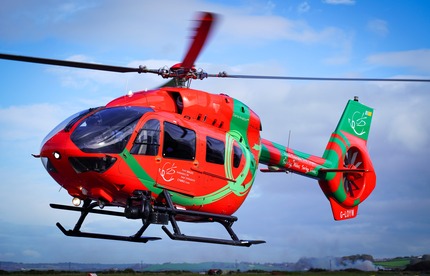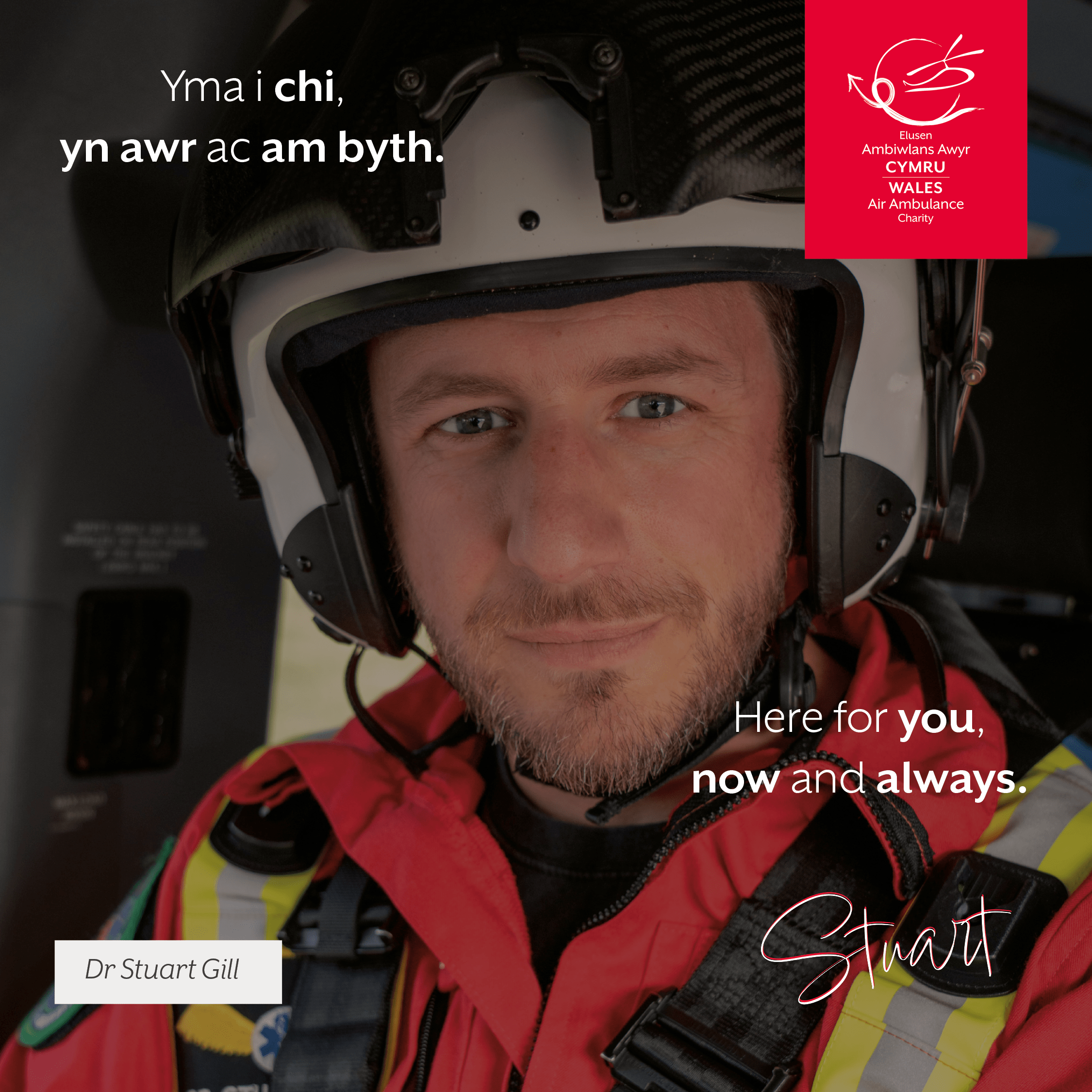We completely understand the anxieties and anger expressed by some, and know how strongly you feel about the health care provision in your locality. We really want you to know, and believe, that we would never do anything to cause you or your loved ones harm.
We appreciate that you may have some questions, and may wish to speak with a member of the team. We hope that you will give us the opportunity to talk to you or your organisation to alleviate some of your worries. If you would like to discuss the Service Improvement with a member of our team, please complete the below form.
Please note it may take some time before we can get back to you due to the resources available to us, we also will not tolerate any abuse towards our staff.


